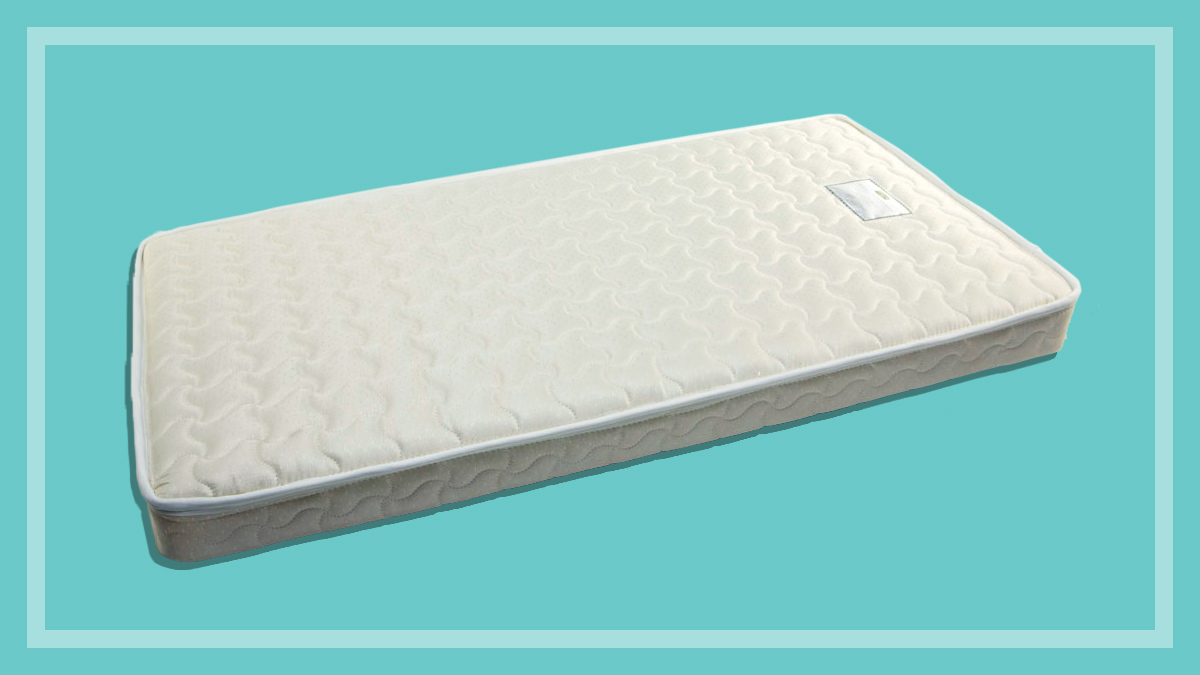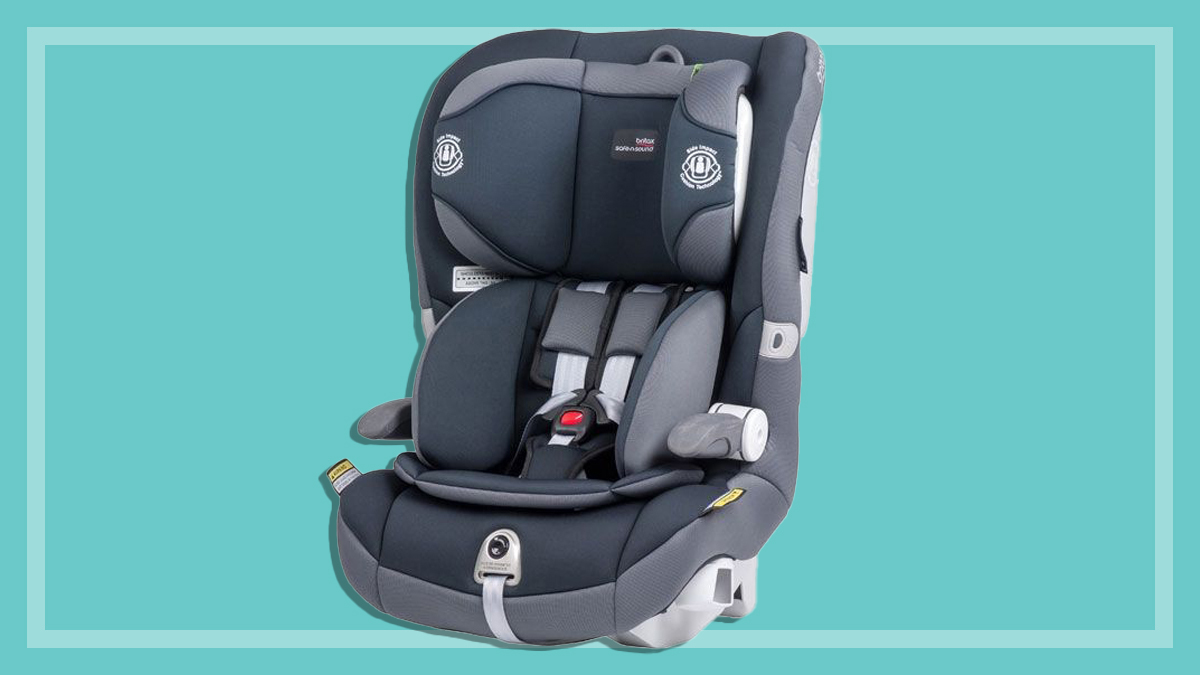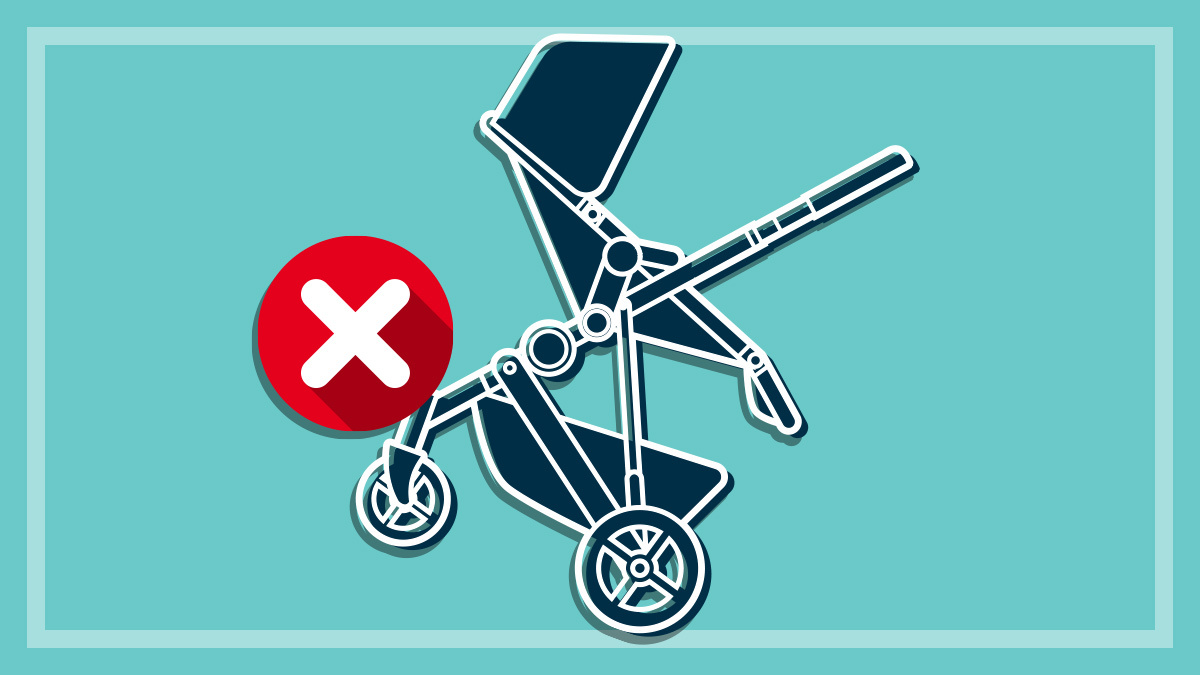Get our independent lab tests, expert reviews and honest advice.
How we test cot mattresses

Caregivers are usually advised to place babies on a “firm” surface to minimise the risk of suffocation, but what does this mean? Until recently, there was no standard test that defined what firmness actually is. A mattress that’s too soft could obstruct breathing if a baby happened to roll face first into it.
On this page:
- Our expert testers
- How we choose what we test
- How we test cot mattresses
- Mattress specifications
- Test criteria explained
The Australian/New Zealand standard for mattress firmness provides manufacturers with a definitive test using a special apparatus to determine softness. But we still aren’t seeing many mattress-makers claim compliance on their packaging or websites. That’s where CHOICE comes in.
CHOICE has tested a number of cot mattresses for sale in mainstream Australian retail outlets to see whether they meet the standard test for firmness, with some surprising results.
Our expert testers
With more than 20 years of experience, our expert testers are the bee’s knees of children’s product testing. They’ve seen all the brands and varying cot configurations on the market, and have put each to the test. Our testers also sit on the Standards Australia Committees for children’s products.
How we choose what we test
Most of the time, our priority is to test what you’ll see in the retailers. Our cot mattresses typically come from brands you’ll see in mainstream nursery or department stores, or ones that feature prominently when you search for them online.
To come up with our list, we survey manufacturers to find out their range of models. Our buyers then purchase products as you, the consumer, would, either in-store or online. This is to ensure the products we receive have not been tweaked with in any way or checked to make sure that particular model passed a certain test.
How we test cot mattresses
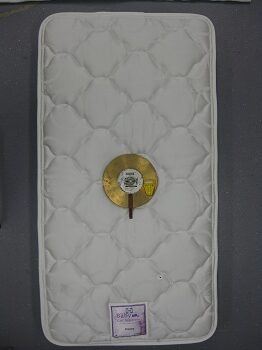
We use the Australian/New Zealand standard AS/NZS 8811.1:2013 Sleep surfaces – Test for firmness.
From 19 January 2026, manufacturers will legally need to make sure their mattresses are sufficiently firm thanks to the introduction of new mandatory safety and information standards for infant sleep products. The firmness test is a reliable way to check this. While not many mattresses claim compliance, the test is actually very simple and quick.
We tested cot mattresses for the first time in 2016 using a special apparatus that consists of a circular disk with two flat faces, as well as a feeler arm that extends over the disk. The whole apparatus weighs around 5.2kg.
To test mattress firmness, the mattresses are first conditioned in the lab for two days to ensure consistent temperatures. Each mattress is then decompressed by agitating or shaking it in order to aerate and distribute any filler material.
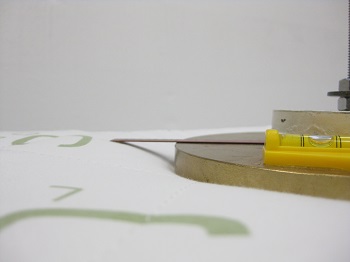
Our testers then place the apparatus at various points of the mattress as determined by the standard. These include three equidistant points along the centre of the mattress (including the centre itself) with the feeler arm aligned with the centre line.
The standard also specifies one “worst case scenario” point. This point is very important and represents a soft point, fold or undulation where a baby’s nose and mouth might come into contact with the surface.
If the feeler arm happens to touch the sleep surface when it is placed horizontally on the mattress at any point, then the surface is too soft to be safe.
There is a DIY method that people can do at home using milk cartons and a stack of CDs or DVDs – it’s not a substitute for the official test but it will give you an idea of firmness.
Mattress specifications
Specifications are not part of the firmness standard but they give you an idea as to whether the actual measurements differ greatly from the claimed measurements. For more on this and why it is important, see our cot mattress buying guide.
Test criteria explained
We recommend all mattresses that pass the safety test so long as the actual measurements are accurate enough.
Models that receive a CHOICE Expert Rating of 100% have passed all the firmness and measurement tests.
Models that score 80% and up are still recommended (and pass the firmness test) but there may be a very minor discrepancy between claimed and actual mattress dimensions.
Models that score 65% have passed the firmness test, but care must be taken to ensure the mattress fits correctly into the cot.
Models that score 40% or below have a serious failure (usually they are not firm enough, but they may have other problems such as the absence of any labels to indicate the size of the mattress).

